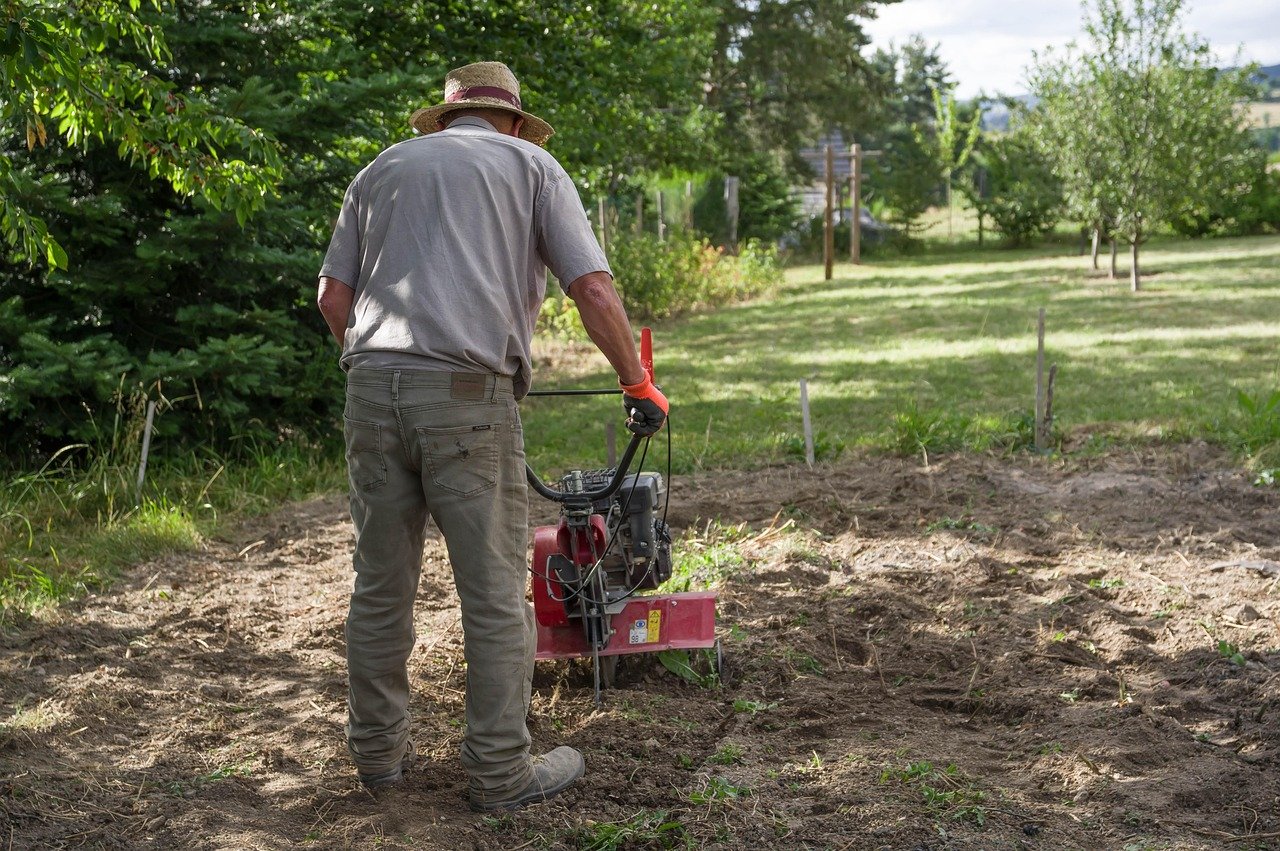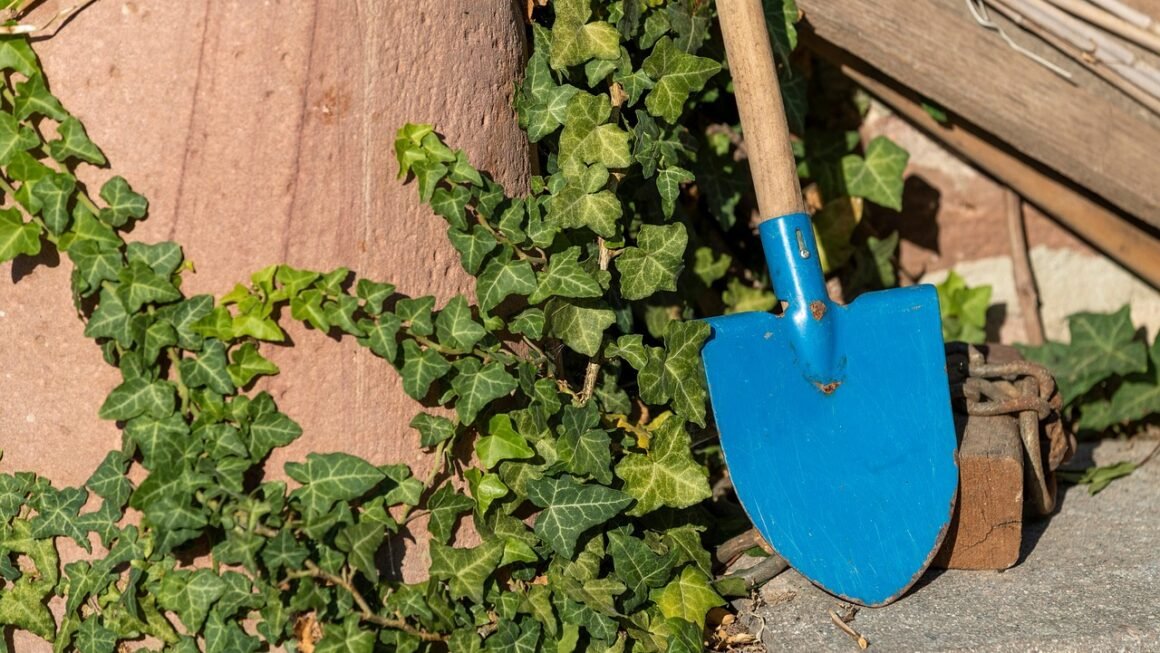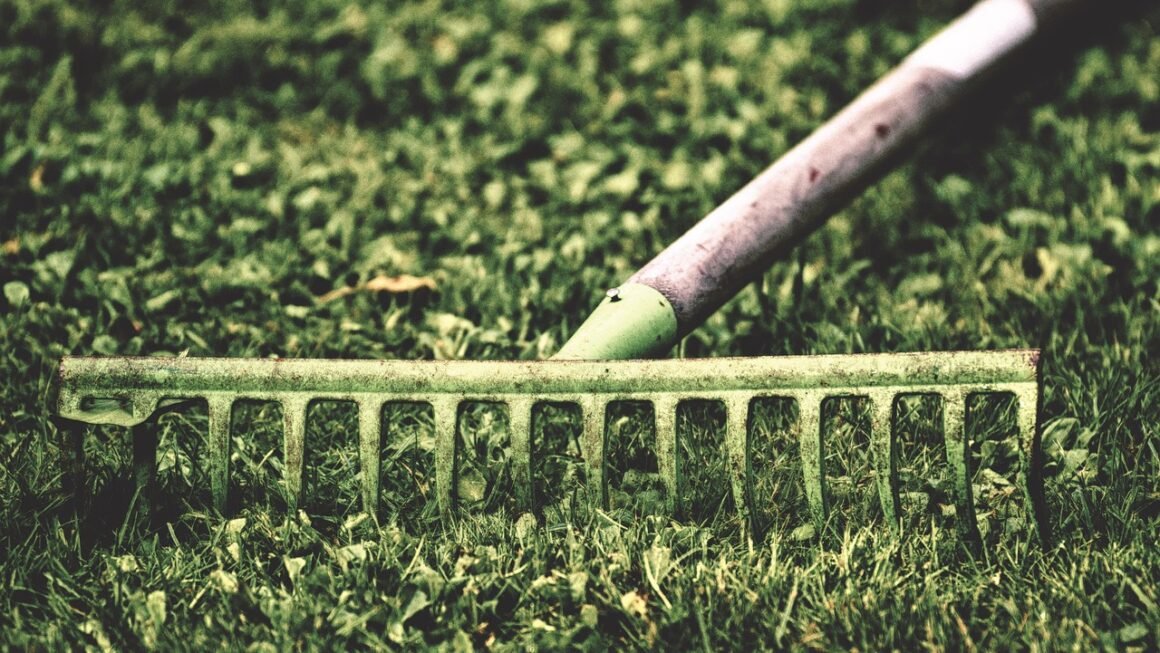Peat moss, often hailed as a gardener’s best friend, is a versatile soil amendment that has been used for decades to improve growing conditions. But what exactly is peat moss, and why is it so popular? From enhancing water retention to providing essential nutrients, this natural resource offers a plethora of benefits for both amateur and experienced gardeners alike. However, its use has also sparked debates about sustainability and environmental impact. Let’s delve deeper into the world of peat moss to understand its benefits, drawbacks, and how to use it effectively.
What is Peat Moss?
Formation and Composition
Peat moss is an accumulation of partially decayed vegetation, primarily sphagnum moss species, that forms in acidic, waterlogged environments called peat bogs. These bogs are typically found in cool, northern climates. Over thousands of years, the sphagnum moss decomposes slowly due to the lack of oxygen, creating a dense, spongy material. This material is then harvested and processed for horticultural use.
- Peat moss is composed mainly of organic matter.
- It has a high carbon content.
- It’s naturally acidic, with a pH typically ranging from 3.5 to 4.5.
- The decomposition process is very slow, contributing to its long-term availability (though sustainably is now being heavily debated.)
Types of Peat Moss
While sphagnum peat moss is the most common type used in gardening, it’s important to understand that there are different grades and qualities available.
- Sphagnum Peat Moss: This is the most widely used type. It’s known for its excellent water retention and aeration properties.
- Reed-Sedge Peat: This type is darker in color and more decomposed than sphagnum peat moss. It has a higher nutrient content, but it may not retain water as effectively.
- Hypnum Peat: Less commonly used in horticulture, hypnum peat is formed from various species of hypnum moss. It is often found mixed with other types of peat.
Benefits of Using Peat Moss in Your Garden
Improved Soil Structure and Aeration
One of the primary benefits of peat moss is its ability to improve soil structure, particularly in heavy clay soils. Its spongy texture helps to break up compacted soil, allowing for better drainage and aeration. This is crucial for healthy root development.
- Peat moss creates air pockets in the soil.
- This allows roots to breathe more easily.
- It prevents soil from becoming waterlogged.
- Example: Mix peat moss into clay soil at a ratio of 1:1 to improve drainage and aeration.
Water Retention
Peat moss is renowned for its exceptional water-holding capacity. It can hold several times its weight in water, slowly releasing it to plant roots as needed. This reduces the frequency of watering, especially during dry periods.
- Reduces the risk of overwatering.
- Helps maintain consistent moisture levels in the soil.
- Ideal for plants that require consistently moist conditions.
- Example: Adding peat moss to hanging baskets helps to retain moisture, preventing them from drying out quickly.
Nutrient Retention
While peat moss doesn’t contain significant amounts of nutrients itself, it does improve the soil’s ability to retain nutrients from fertilizers. Its structure provides a surface area for nutrients to cling to, preventing them from being leached away by watering or rain.
- Improves fertilizer efficiency.
- Reduces nutrient runoff, which can harm the environment.
- Example: Incorporate peat moss into your soil when applying slow-release fertilizers to enhance nutrient retention.
Acidity
Peat moss is naturally acidic, which makes it an excellent amendment for acid-loving plants such as blueberries, azaleas, and rhododendrons. The acidity helps to create an optimal growing environment for these plants.
- Lowers the pH of alkaline soils.
- Improves nutrient availability for acid-loving plants.
- Example: When planting blueberries, amend the soil with peat moss to lower the pH to the ideal range of 4.5 to 5.5.
Drawbacks and Environmental Concerns
Sustainability Issues
The extraction of peat moss is a controversial topic due to its environmental impact. Peat bogs are slow-growing ecosystems that play a crucial role in carbon sequestration. Harvesting peat moss releases stored carbon into the atmosphere, contributing to climate change. Furthermore, the destruction of peat bogs can lead to habitat loss and decreased biodiversity. Data estimates that peat bogs sequester twice as much carbon as all the world’s forests.
- Peat bogs are important carbon sinks.
- Harvesting peat moss releases carbon dioxide.
- Destroys habitats for specialized plants and animals.
Alternatives to Peat Moss
Due to the environmental concerns associated with peat moss, many gardeners are seeking sustainable alternatives. Several options are available, each with its own set of advantages and disadvantages.
- Coconut Coir: Made from coconut husks, coir is a renewable resource with excellent water retention.
- Compost: A rich source of nutrients and organic matter, compost improves soil structure and fertility.
- Leaf Mold: Decomposed leaves provide excellent soil conditioning and water retention.
- Pine Bark Fines: Adds acidity to the soil and improves drainage.
Responsible Sourcing
If you choose to use peat moss, it’s essential to source it responsibly. Look for suppliers who are committed to sustainable harvesting practices. Some companies are working to restore peat bogs after harvesting, mitigating the environmental impact. Look for certifications like the Veriflora certification to ensure you’re supporting sustainable practices.
How to Use Peat Moss Effectively
Soil Amendment
Peat moss can be used as a soil amendment to improve soil structure, water retention, and aeration. Mix it thoroughly into the soil before planting.
- For sandy soils, mix peat moss to improve water retention.
- For clay soils, mix peat moss to improve drainage and aeration.
- General recommendation: Use a ratio of 1:1 or 1:2 peat moss to soil, depending on your soil type.
Seed Starting
Peat moss is an excellent component of seed-starting mixes. Its light, airy texture allows for good drainage and aeration, preventing damping-off disease.
- Mix peat moss with perlite and vermiculite for a balanced seed-starting mix.
- Ensure the mix is moist but not waterlogged.
- Example: Combine equal parts peat moss, perlite, and vermiculite for an ideal seed-starting medium.
Container Gardening
Peat moss is often used in container gardening to improve water retention and drainage. Its lightweight nature also makes it ideal for large containers.
- Mix peat moss with other ingredients like compost and perlite to create a well-draining potting mix.
- Monitor moisture levels closely, as peat moss can dry out if not properly managed.
- Example: Use a potting mix consisting of 1/3 peat moss, 1/3 compost, and 1/3 perlite for container gardening.
pH Adjustment
Use peat moss to lower the pH of alkaline soils, creating a more favorable environment for acid-loving plants.
- Incorporate peat moss into the soil around acid-loving plants like blueberries, azaleas, and rhododendrons.
- Monitor soil pH regularly and adjust as needed.
- Example: Regularly adding a layer of peat moss around acid-loving plants can help maintain the optimal pH level.
Conclusion
Peat moss offers numerous benefits to gardeners, from improving soil structure and water retention to providing an acidic environment for acid-loving plants. However, its use also raises important environmental concerns regarding sustainability and carbon emissions. By understanding the benefits and drawbacks, exploring sustainable alternatives, and sourcing peat moss responsibly, gardeners can make informed choices that balance their horticultural needs with environmental stewardship. Consider the long-term impact of your gardening choices and strive to create a sustainable and thriving garden.




